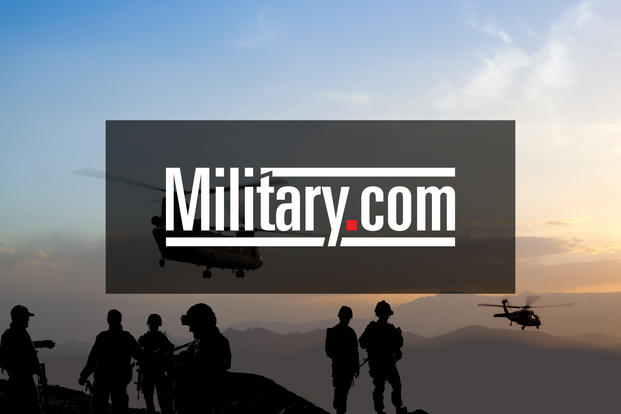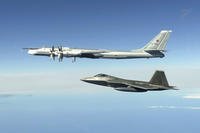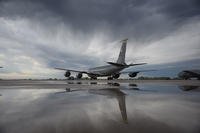With a recent rash of close encounters and fast approaches by Iranian vessels in international waters prompting U.S. ship commanders to fire flares and warning shots, the Navy's top officer is warning that the consequences of this harassment could be significant and advocating for an agreed-upon rule set to govern these at-sea encounters.
During a discussion at the Center for American Progress on Monday in Washington, D.C., Chief of Naval Operations Adm. John Richardson told Military.com that individual ship commanders had broad autonomy to respond to these Iranian harassment incidents.
"There's really nothing that limits the way they can respond," Richardson said. "These things happen on a time scale that really doesn't allow those commanders to sort of phone home for permission and then respond. They've got to know what their commander's guidance is, they've got to be given the freedom to act, to take advantage of fleeting opportunities, and also to make sure that they can respond to these very fast moving opportunities."
To date, these responses have been limited to warning measures and rebukes. But the Iranian ships' behavior, Richardson suggested, could have grave consequences.
"From the standpoint of, is our Navy prepared to respond, I would say, yes in every respect," Richardson said. "These are some of these potentially destabilizing things. A tactical miscalculation, the closer and closer you get to these kinds of things, the margin for error gets smaller, human error can play a bigger and bigger role. I think it's very important that we eliminate this sort of activity when we can and nothing good can come from it."
Richardson said he hopes to establish a dialogue with Iranian naval leaders in order to develop a code of conduct to govern encounters at sea. He added that such a rule set had been very effective in dictating behavior during maritime encounters with the Chinese Navy, even amid heightened tensions in the South China Sea.
"We're working to sort of think our way through what are the possibilities there, both with the Iranians and I would say with the Russians who exhibit this behavior as well," Richardson said, "so we can get up on the line and sort of have a conversation of, whether this would be helpful or hurtful, this is not in the helpful category."
It remains unclear whether the leaders of the Iranian Revolutionary Guard Corps Navy would be interested in engaging in the sort of dialogue Richardson wants.
The deputy chief of staff for Iran's armed forces, Brig. Gen. Masoud Jazayeri, told a state news agency this week that Iranian boats involved in the encounters with U.S. ships in the Persian Gulf were in keeping with international standards and norms.
"The claims [of harassment] are not only untrue, but stem from their fear of the power of Iran's soldiers," Jazayeri said, according to Agence France-Presse reports.
The Pentagon has reported at least five incidents of harassment by Iranian boats in the last month. In at least one of the encounters, an Iranian vessel came within 100 yards of a U.S. patrol ship.
Separately, Iran over the weekend threatened to shoot down two U.S. Navy aircraft -- a P-8 Poseidon maritime surveillance plane and an EP-3 -- that were flying in international airspace near the Strait of Hormuz, CNN reported.
-- Hope Hodge Seck can be reached at hope.seck@military.com. Follow her on Twitter at @HopeSeck.






























